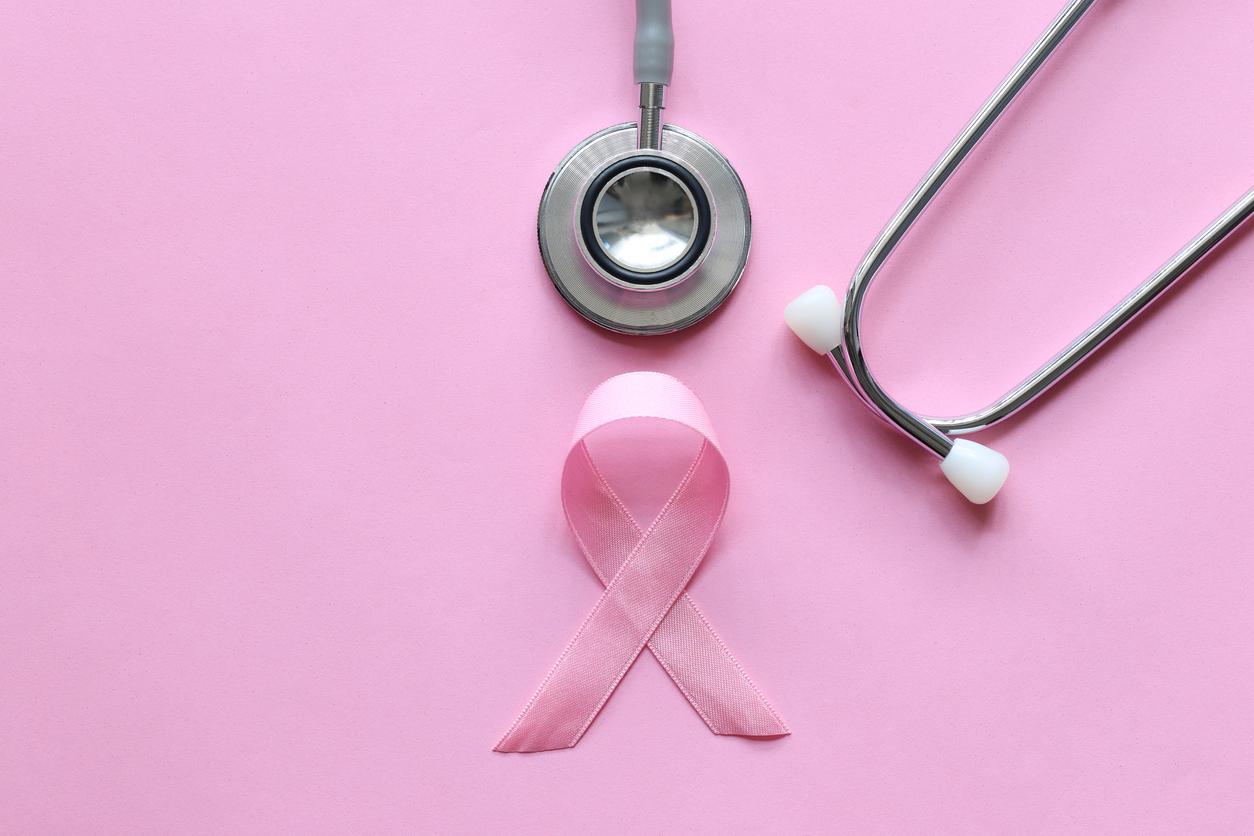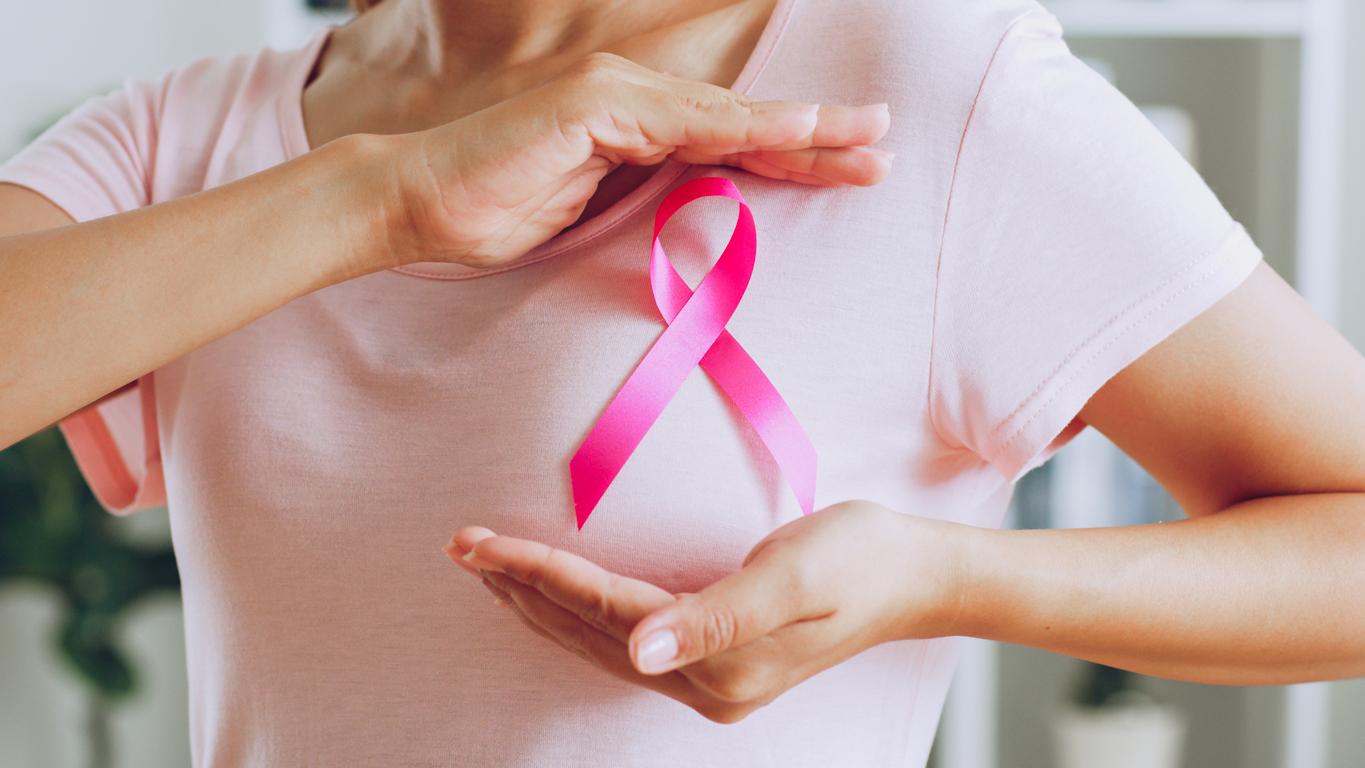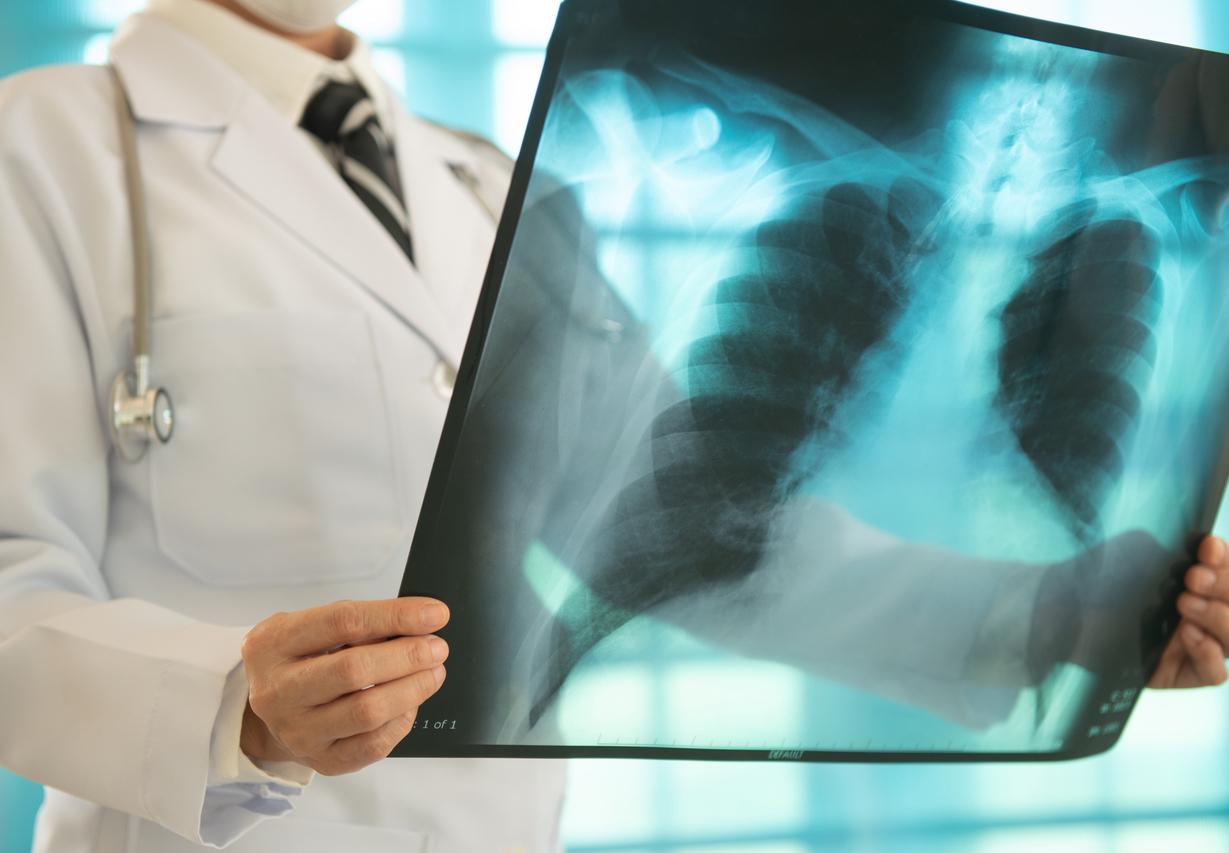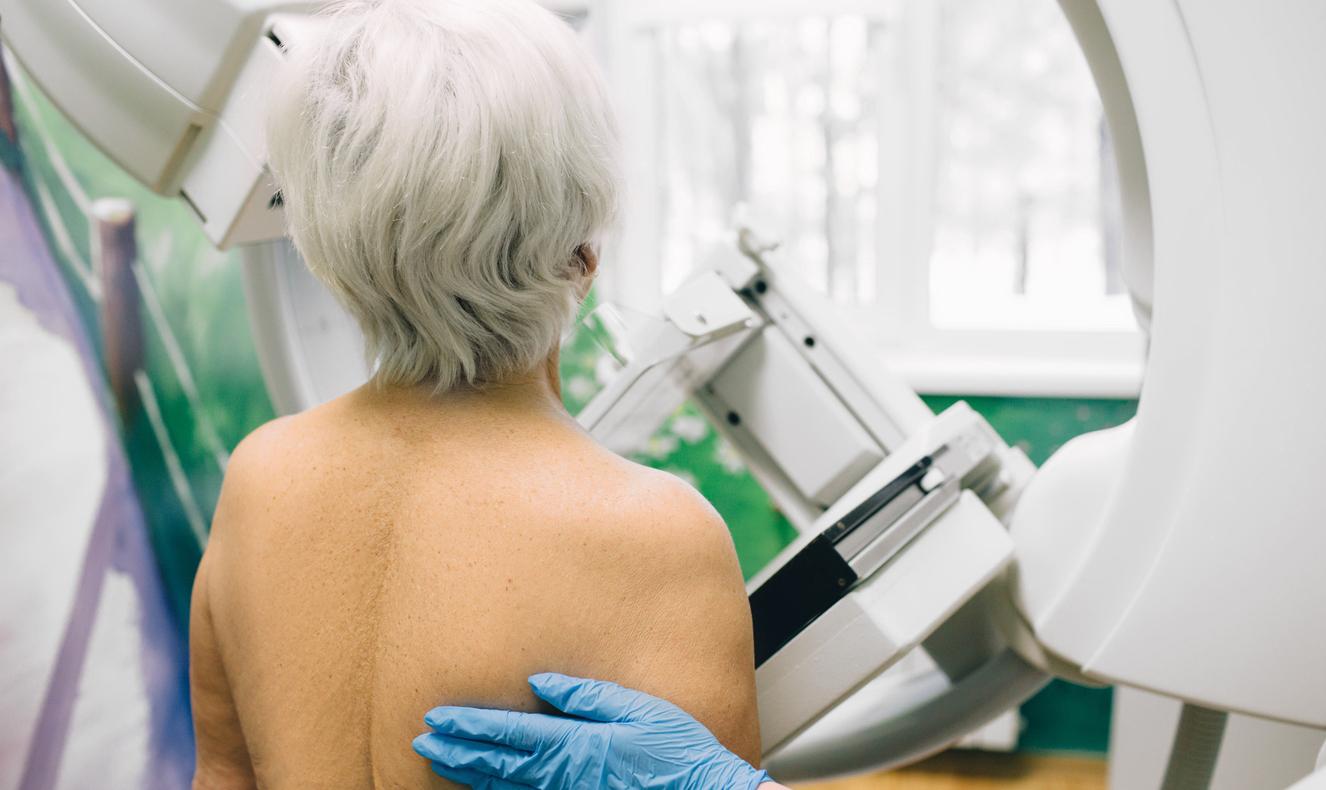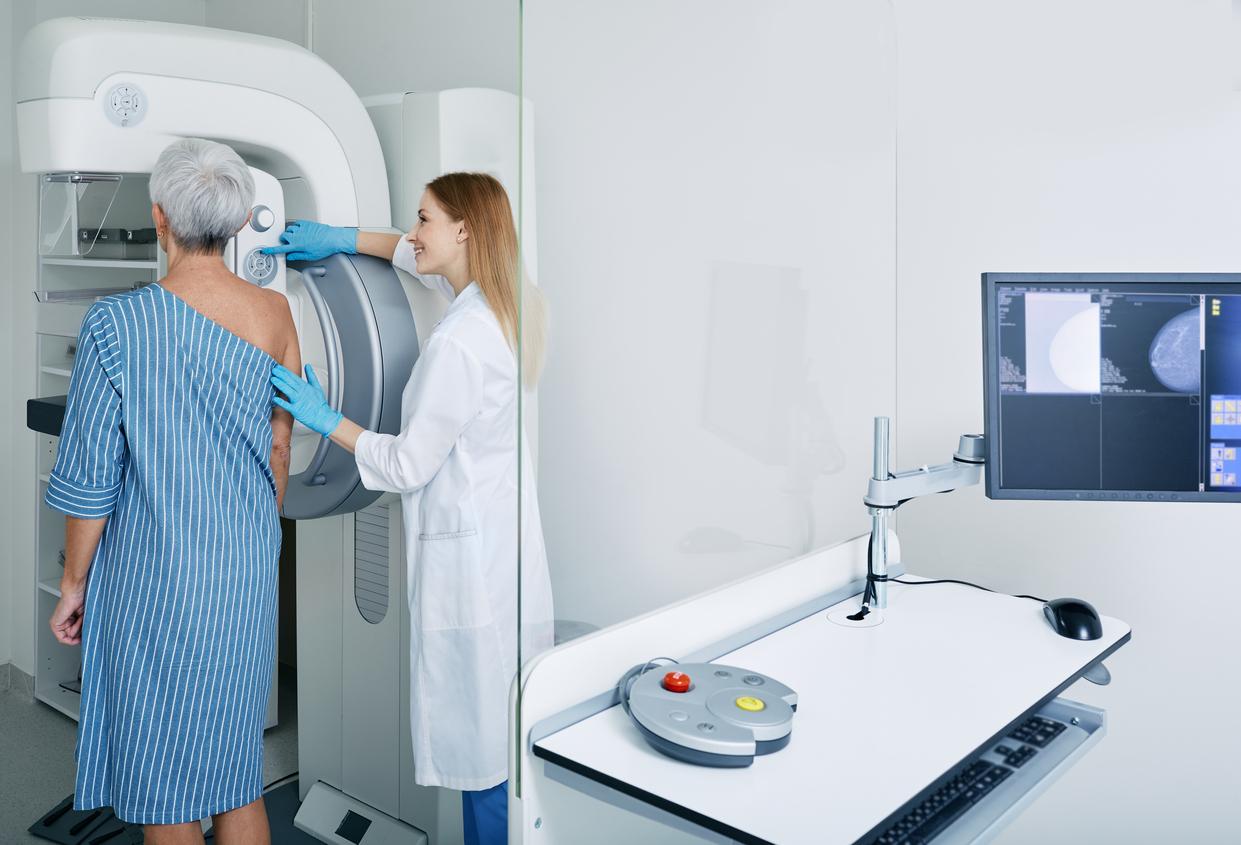Over the past three decades, various statistical assessment tools have been developed to help clinicians get a better idea of the risks of breast cancer to their patients. New research is contributing to the building.

VSCombining a genetic score, a mammogram and the estrogen level before menopause can better predict the individual risk of breast cancer in women, according to a new study published in the journal Plos. Remember that these are confirmed risk factors for invasive breast cancer.
Over the past three decades, various statistical assessment tools have been developed to help clinicians get a better idea of the risks of breast cancer to their patients. The most commonly used prediction tools are the Gail model and the Rosner-Colditz model.
67 genetic variations
To do this, the researchers analyzed data from 4,006 sick women and 7,874 control cases, aged 34 to 70 years. They then added to existing risk models a genetic score for breast cancer (using 67 genetic variations), the mammogram and hormonal measurements (testosterone, estrone sulfate, prolactin).
Using the “area under the curve” (AUC) mathematical tool, the researchers notably found that for the Gail model, the AUC improved from 55.9 to 64.1 (8.2 units) in premenopausal women, from 55.5 to 66.0 (10.5 units) in postmenopausal women not using hormone therapy and from 58.0 to 64.9 (6.9 units) in postmenopausal women using hormone therapy.
Chemoprevention
For estrogen-positive tumors, AUC improved 14.3 units for the Gail model and 7.3 units for the Rosner-Colditz model in postmenopausal women not using hormone therapy.
“In this study, the addition of the genetic score, from a mammogram and pre-menopausal estrogen levels significantly improved existing models for predicting breast cancer risk, “the authors conclude.” Further studies will be needed to confirm these results and determine whether improved models for predicting breast cancer risk. have practical value in identifying high-risk women who would benefit most from preventive chemotherapy, screening and other risk reduction strategies, ”they warn nonetheless.
Breast cancer is the most frequently observed cancer in women in France, as in the European Union and the United States. The number of cases observed each year has tended to decrease since 2005, even if this disease remains the leading cause of death from cancer in women in 2012. Detected at an early stage, the 5-year survival is 99%.

.







